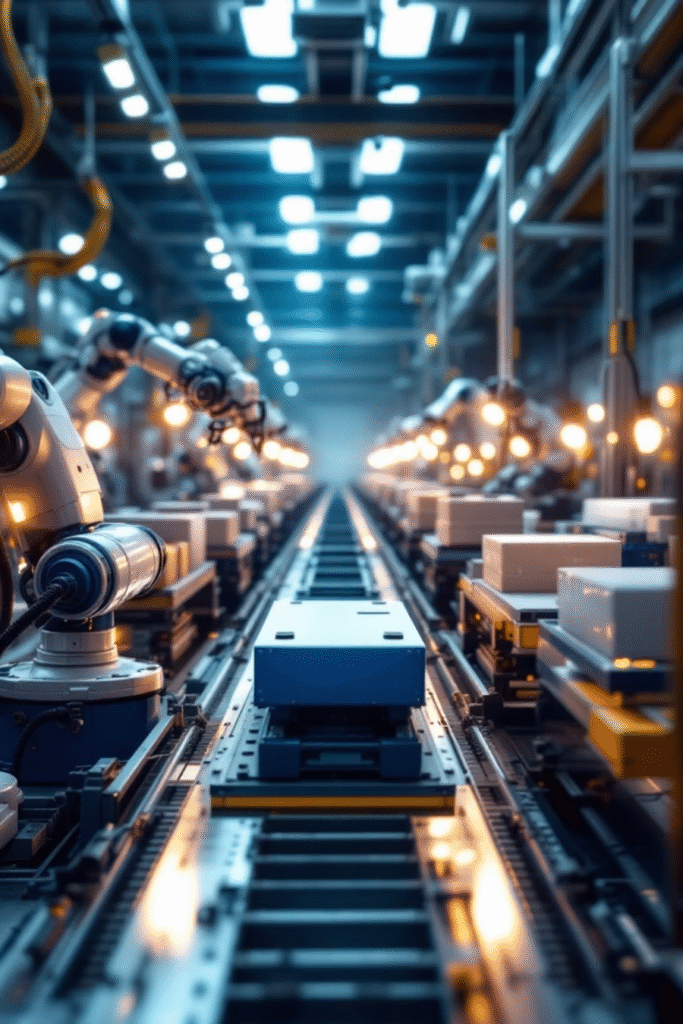
Brief description
Computer vision systems use cameras and artificial intelligence algorithms. They can perform visual quality inspections of products and other tasks, such as sorting, with a level of accuracy and speed that is unattainable for humans.
Benefits for the customer

High-quality control
Machine vision can instantly detect surface defects (such as scratches, cracks and chips), assembly errors (such as missing or misaligned parts) and geometric deviations in product dimensions or shape, significantly exceeding human capabilities in terms of both speed and accuracy.
Automated sorting
The system recognises objects by colour, shape, size, marking or material, and automatically distributes the product flow into specified categories. For example, it can sort fruit by degree of ripeness, separate waste for recycling or group parts by size before assembly.
Self-learning and adaptation
The integration of deep learning methods enables the system to improve recognition accuracy over time. The algorithms adapt to changing conditions, such as fluctuations in lighting or the emergence of new types of defects, through additional training. This maintains the effectiveness of control in a dynamic environment.
Integration into control
AI-based ‘vision-enabled’ controllers can make complex decisions in real time. Based on image analysis, the system will automatically adjust equipment parameters (pressure, conveyor speed, etc.) if it detects a deviation, thereby preventing nonconforming products from being released.
Advanced Computer Vision Solutions
Discover our expertise in creating bespoke computer vision systems that combine innovation with precision.

Role of the team
Specialists form extensive image datasets and develop neural network models, training them to reliably detect the required objects and types of defects. The team also designs the optimal system architecture, selecting industrial cameras with the required resolution and configuring lighting and signal processing algorithms for real-time operation. Computer vision is also integrated with existing production lines, with the system interfacing with conveyor controllers and robots to automatically react to any deviations that are detected. As new data accumulates, the team trains the models for the customer’s specific tasks, ensuring the system’s continuous improvement in terms of accuracy and capability.

Implementation in practice
Computer vision implementation begins with the installation of cameras at key points in the technological process, followed by calibration for shop-floor conditions such as illumination and distance to objects. Then, experts collect or synthesise and annotate thousands of product images, marking typical defects and variants of conforming products. These data are then used to train a neural network that can distinguish between conforming and defective items. Once trained, the model is integrated into the production line. If the camera detects a defect, a signal is sent from the vision system to the actuators. For example, a reject mechanism may be activated or the line may be stopped. The solution is continually improved during operation: incoming images of new batches enable the algorithms to adapt to emerging types of defects, resulting in an ongoing improvement in the quality of automatic control.
